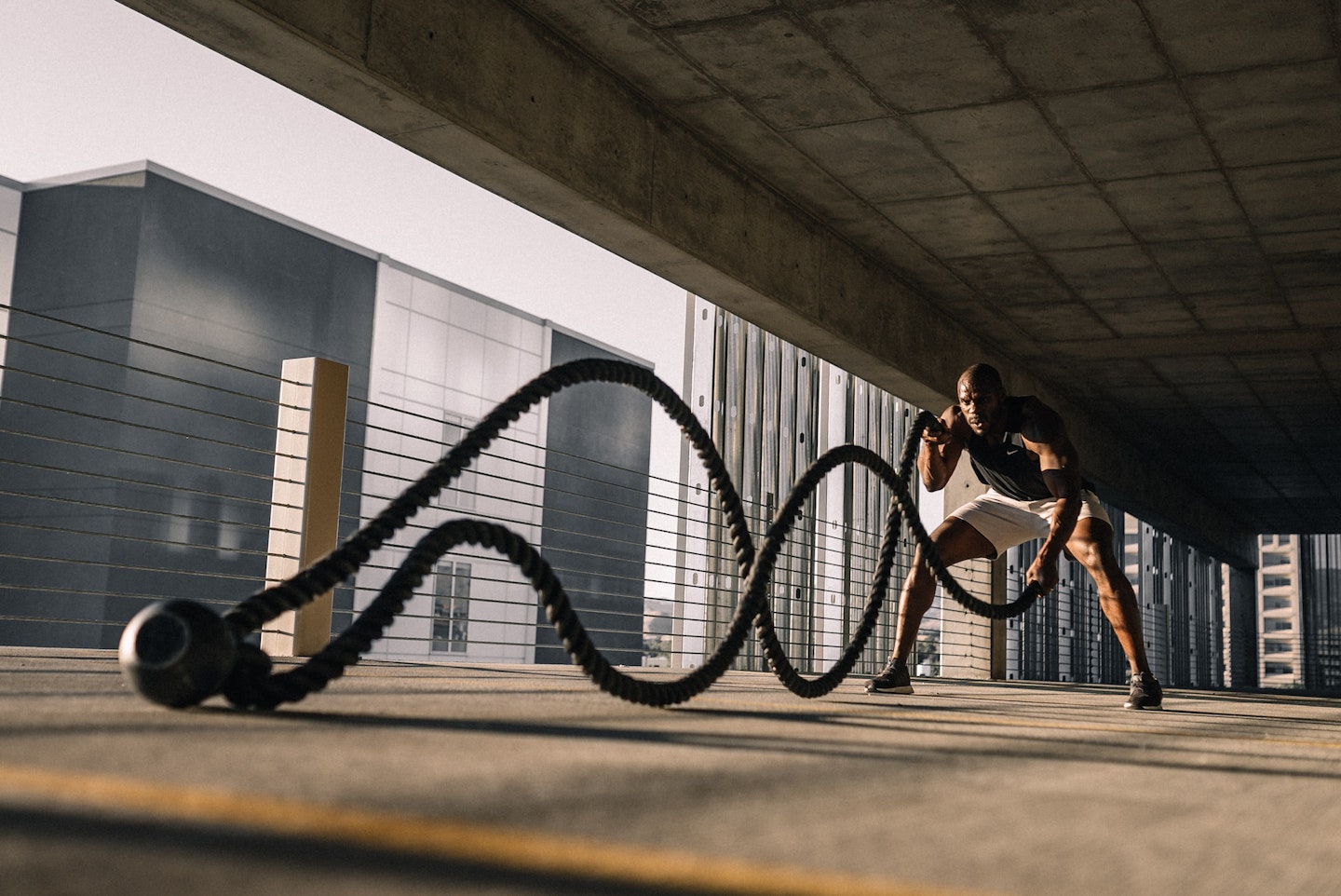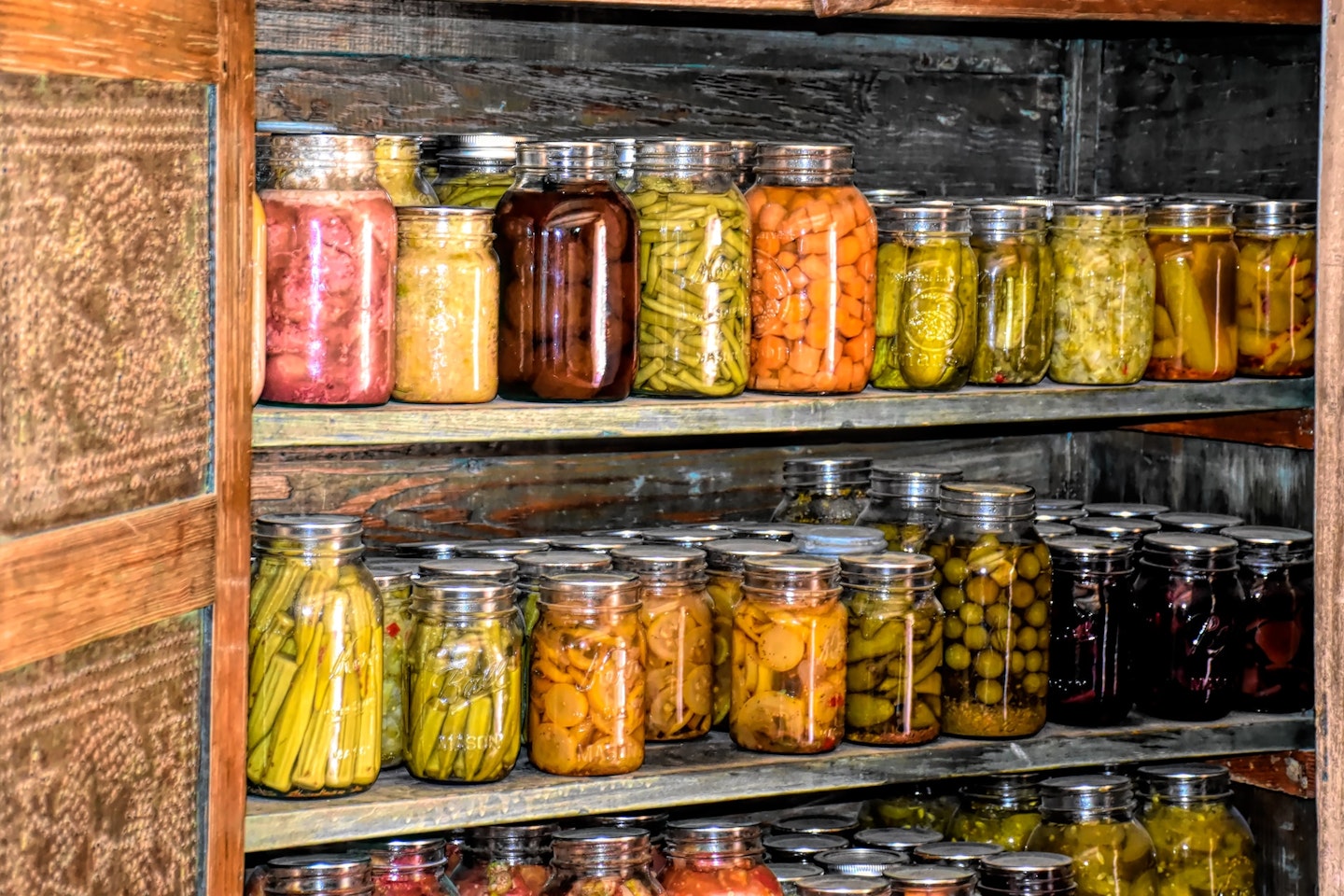The human body is a complex, intricate machine. It is well equipped to cope with adversity, such as chasing the burn from a commercial establishment or just your home gym. It's also able to perform and recover rather impressively under these conditions. This is, in part, thanks to lactic acid. This organic chemical is pivotal in your body, especially during sports and exercise. Without lactic acid production, any form of extended exercise would be cut short very quickly.
The answer:
Lactic acid is fuel for your cells during intense exercise. Most of the time, your muscles get their energy aerobically – through oxygen – but when you undergo intense exercise, oxygen isn’t enough for your muscles to persevere. This is where lactic acid joins the party. It's the backup – your body knows it can’t get oxygen from breathing to the muscles fast enough, so it sends in lactic acid. We've covered anaerobic exercise previously, so feel free to read up and learn more.
Your body typically creates lactic acid by breaking down glucose and carbohydrates, although there are some other sources which we’ll touch on later. Once this lactic acid is acquitted or broken down, it’s stored in your cells for when it’s needed most. It’s found in a few places in the human body, these include:
• Muscles
• Red blood cells
• Skin
• Brain
• Gastrointestinal tract (your GI tract)

The functions of lactic acid
We’ve already established that energy is one of the core areas that lactic acid operates within, but that’s not all. Lactic acid also plays a part in a couple of other bodily functions.
The general production of glucose is one such function, otherwise known as gluconeogenesis. This is where your kidneys and liver filter lactic acid out of your blood when produced in other tissue elsewhere. The excess lactic acid is broken down once more and converted into new glucose that your body may use for energy.
Another function of lactic acid in the body is molecular signalling. This is where lactic acid stays in the blood, acting as a signal molecule for the entire body. A good way to think of it is like markers or flags, which indicate to the immune system cells when a wound requires healing or an infection needs treatment.
Lactic acid in foods
While your body is incredibly attuned to breaking down lactic acid by itself, some foods are naturally rich in lactic acid. Fermented foods are very high in lactic acid because they are an organic compound. Lactic acid is responsible for the strong, tangy taste of these foods.
Other foods/drinks high in lactic acid include:
• Picked vegetables
• Sourdough bread
• Beer
• Wine
• Sauerkraut
• Kimchi

Common questions
Does lactic acid cause muscle fatigue/soreness?
No, this is a common misconception about lactic acid and exercise debunked over 30 years ago. The claim was that the burning, sore feeling we get in our muscles during and after exercise is because of lactic acid. This is not the case. An intense workout's burning or stinging sensation results from microtears in your muscles due to increased blood flow to those regions. The National Institute of Health has examined this issue in detail and found the same conclusions.
So, next time you're doing dumbbell curls, and you feel the burn, you now know what's going on. It's a good thing - remember to rest properly afterwards to recover, grow, and strengthen. Getting plenty of protein will help.
How is lactic acid produced?
Lactic acid is produced when your body breaks down glucose and other carbohydrates. Once these have been dismantled into energy, it is used when your body needs it most. For example, when you begin intense exercise, your body will know to send this lactic acid to your muscles.
This is why some people have easy-access carb drinks pre-, intra- and post-workout - they can replenish the glucose and carbohydrates stored in the muscles to help both performance and recovery.
Is lactic acid bad for you?
Quite the opposite, lactic acid is helpful and often essential for the human body. You need lactic acid when your body can no longer give your muscles aerobic energy (through oxygen). Lactic acid comes in when you desperately need it.
Jack Barrell is a Tech and Fitness Writer for What’s the Best. He is invested in all things entertainment and keeps well up to date with the latest sports and exercise trends too. On his off days Jack can usually be found doing one of two things; lifting heavy weights – or watching his favourite Star Wars for the thousandth time.
